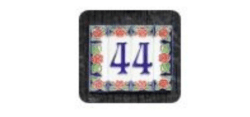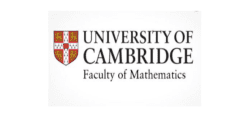Can you explain what is going on in these puzzling number tricks?
You may wish to look at Always a Multiple and Reversals before tackling this problem.
For these problems, use the digits from 1 to 9
We are using ABC to represent a 3 digit number with A hundreds, B tens and C units. Similarly, AB represents a 2 digit number with A tens and B units.
Problem 1:
Prove that there are exactly four such numbers AB.
Problem 2:
Show that there is only one set of values A,B and C that satisfies
Problem 3:
Problem 4:
Choose three different digits and form the six two-digit numbers that use two of the three digits. Add these six possibilities and divide this total by the sum of the three digits. Show that you always obtain 22.
Problem 5:
Work out the differences between the two-digit numbers you can make and their reverses (e.g. 86−68;63−36;83−38), then add these three results.
Show that you always obtain a multiple of 18.
Problem 6:
For any three digits A,B and C, show that there is only set of values that satisfies
Problem 7:
Find examples that fit the rule:
without any of the four digits being the same (e.g. 97+24=42+79).
What general rule must apply? Why?
With thanks to Don Steward, whose ideas formed the basis of this problem.
Age 14 to 16




